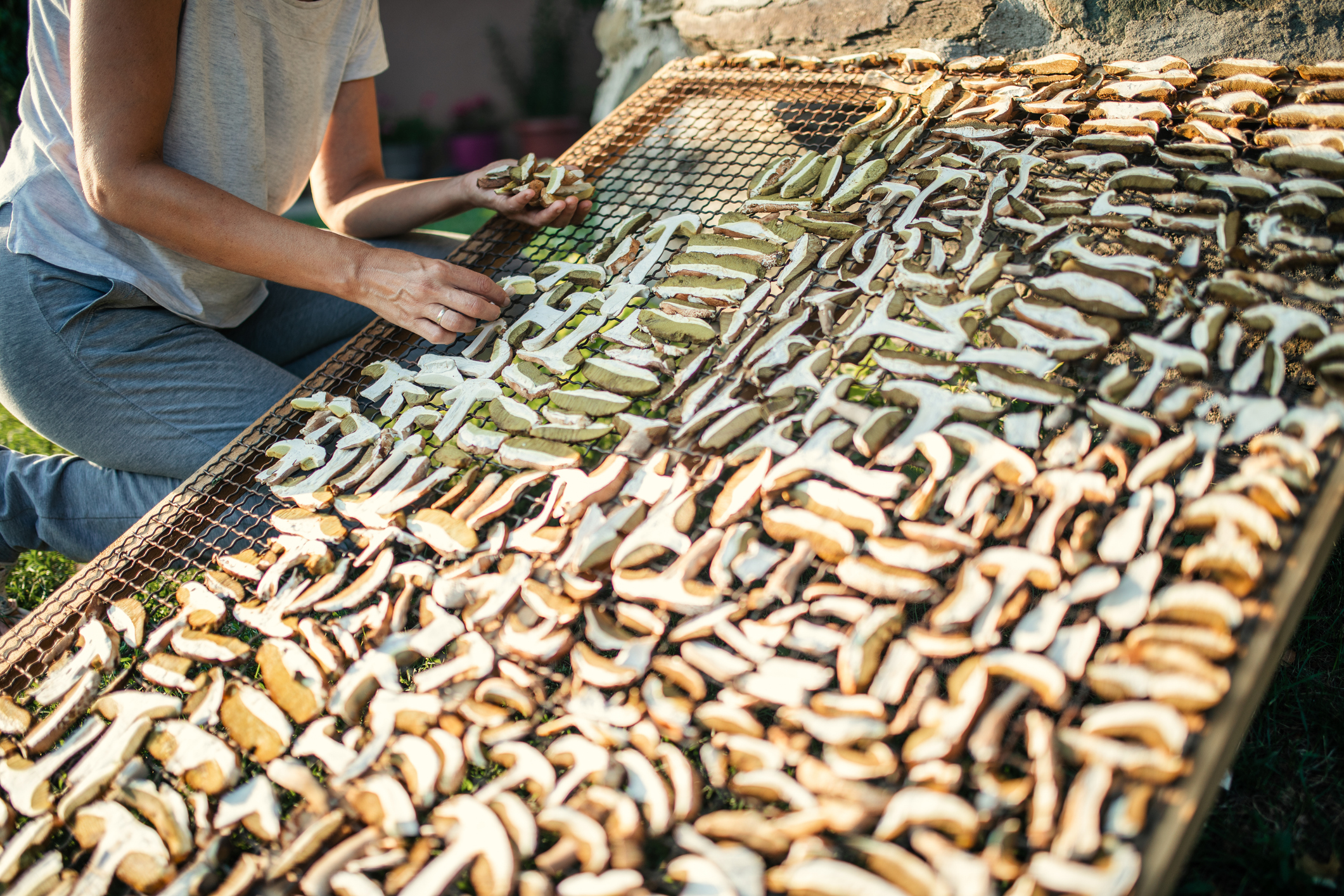Get Easy Health Digest™ in your inbox and don’t miss a thing when you subscribe today. Plus, get the free bonus report, Mother Nature’s Tips, Tricks and Remedies for Cholesterol, Blood Pressure & Blood Sugar as my way of saying welcome to the community!
Make this magical mega-source of vitamin D yourself

If you knew you were going to be stranded on a tropical island, and you could only take one supplement with you, what would it be? Well, let’s back up… If you were on a tropical island you wouldn’t need it because of the abundance of sunshine.
Because vitamin D is essential to help our body function properly, develop strong and healthy, and fight illness, our body learned to produce it naturally. All we need is the sun and our bodies become the perfect vitamin D-generating machines. Without it the results could be dire:
- Weak brittle bones due to low bone density.
- Weakened immune system.
- Increased risk for type 2 diabetes.
- Higher susceptibility to some cancers.
- Increased risk of death from cardiovascular disease.
- Cognitive impairment in older adults.
And ongoing research proves there’s no end to the seemingly limitless benefits vitamin D affords the human body — from weight loss wonder supplement to anti-viral super-vitamin — it just keeps coming and coming.
But sunlight is not always plentiful and more and more of us spend less and less time in it.
That’s why nearly 50 percent of the residents of Buffalo, New York have insufficient amounts of vitamin D and 25 percent are considered deficient according to nutrition researcher Peter Horvath of the University of Buffalo School of Public Health and Health Professions. [1]
“Every cell in your body is responsive to vitamin D,” says Horvath. “If you’re deficient, you won’t see the health effects for years and it could take months to get your levels back up.”
The residents of Buffalo, New York are not the only folks getting less vitamin D these days. There’s a big chance you aren’t either. So what can you do to make sure you’re getting the full impact of vitamin D’s plentiful benefits?
Eat mushrooms
But not just any mushrooms… irradiated mushrooms.
After salmon and light tuna canned in oil, mushrooms are a great choice to get your dietary D. Though certain foods are fortified with vitamins and minerals — like cereals — you shouldn’t rely on those sources. Fortified foods are also processed foods that contain tons of added sugar and preservatives that pack their own health-harming potential. That’s why you get the best nutrition from whole food sources.
Mushrooms, especially shiitake, maitake and portabella are naturally high in vitamin D. But irradiated mushrooms, currently a focus of Professor Horvath’s research, are like mushrooms on steroids. In the lab, Horvath says, the mushrooms “basically go through a little tanning bed” to produce a mega-dose of vitamin D.
That may seem odd, but similarly to the way your skin produces vitamin D when exposed to the sun, mushrooms also make their own vitamin D in response to sunlight, or UV rays. It’s easy to “irradiate” mushrooms yourself and if you don’t own a miniature tanning bed, all you need is sunlight.
Paul Stamets is the founder of Fungi Perfecti and an advisor for the Program of Integrative Medicine at the University of Arizona Medical School in Tucson. Using the following process detailed below, he demonstrates how you can produce 46,000 IUs of vitamin D by irradiating just 3.5 ounces (100 grams) of shiitake mushrooms with natural sunlight.
Because ample sunlight is needed, it’s best to irradiate your mushrooms during summer months. The process results in dried mushrooms that can be stored for use all year long to naturally boost your vitamin D when you need it most.
How to make your own irradiated mushrooms [2]
- Obtain fresh organic shiitake, maitake, button, oyster, shimeji, portabella or other mushrooms.
- On a sunny day in June, July or August, slice the fresh mushrooms. Place them evenly on a tray exposed directly to the sun from 10 a.m. to 4 p.m.
- Before nightfall, cover the mushrooms with a layer of cardboard to block moisture from dewfall.
- The next clear day repeat exposure to the sun from 10 a.m. to 4 p.m.
- Remove the mushrooms and finish drying (if necessary in a food dehydrator until they are crispy).
- When thoroughly dry, store in a glass jar or sealed container. Adding a tablespoon of uncooked rice as a moisture absorber will help keep the mushrooms dry. The mushrooms should be good for a year or more, depending upon conditions.
- Take 10 grams daily per person, about a small handful. Rehydrate in water for one hour. The mushrooms will swell. Then cook as desired.
Irradiated mushrooms can be reconstituted and added to soups, sauces and just about anything you’d normally eat them in. And I can guarantee, the vitamin D receptors in each and every organ of your body will thank you.
[1] http://www.buffalo.edu/news/releases/2015/02/018.html
[2] http://www.huffingtonpost.com/paul-stamets/mushrooms-vitamin-d_b_1658690.html












